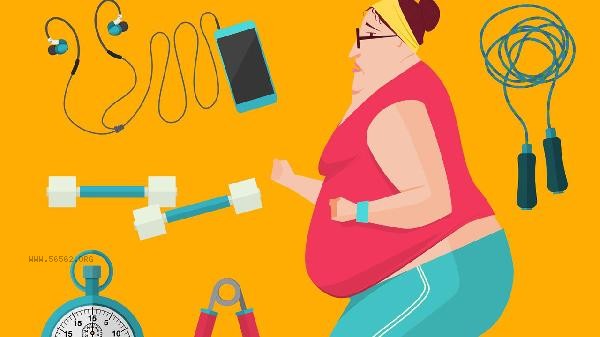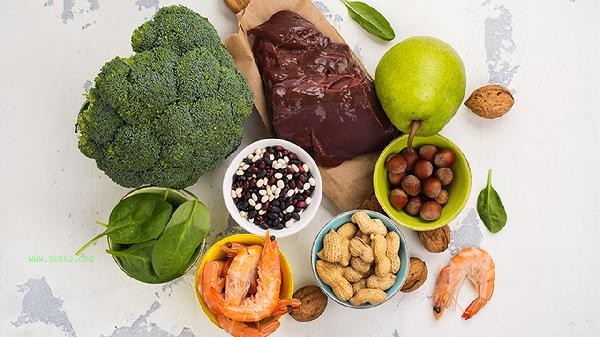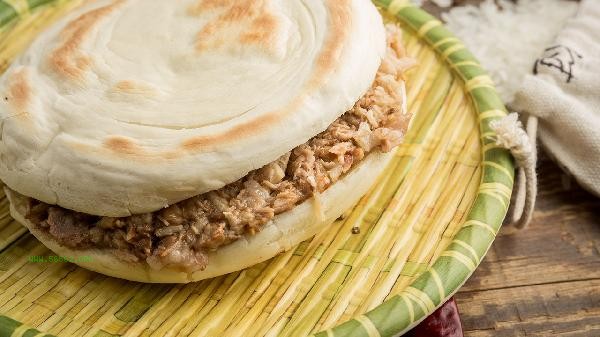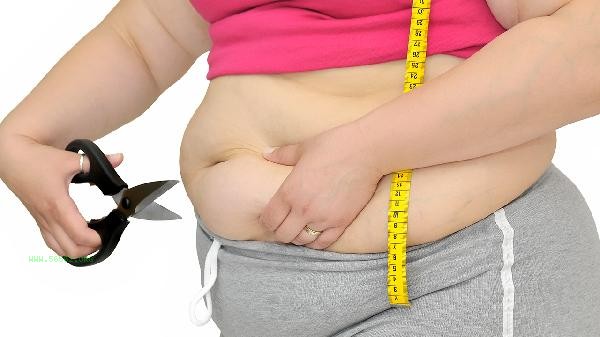Why does my little belly still stubbornly refuse to leave even though I have already insisted on exercising and controlling my diet? This problem troubles countless weight loss enthusiasts. In fact, there are many scientific secrets behind the difficulty in reducing abdominal fat. Today, we will take you to solve the "abdominal fat dilemma" and share several truly effective solutions.

1. Why is abdominal fat so stubborn?
1. Special physiological structure.
Abdominal fat is divided into subcutaneous fat and visceral fat. The visceral fat wraps around the organs and has stronger metabolic activity. It secretes substances that interfere with leptin, forming a vicious cycle of 'the fatter, the more you want to eat'.
2. Significant Hormonal Effects
The stress hormone cortisol promotes fat accumulation towards the abdomen, which is why it is easy to develop a "stress belly" when under high stress. After menopause, the decrease in estrogen levels in women can also lead to the redistribution of fat to the waist and abdomen.
3. Poor blood circulation
Compared to the limbs, the abdominal muscles have less activity, local blood circulation is relatively slow, and the transport efficiency of fat breakdown products is lower.
2. Four scientific methods to accelerate abdominal fat burning
1. Adjust exercise mode
(1) Conduct high-intensity interval training (HIIT) three times a week, and the burning effect can last for 24-48 hours after this exercise.
(2) Adding core muscle training, such as plank support and dead worm movements, can activate deep abdominal muscles.
(3) Avoid single aerobic exercise, and increasing muscle mass through strength training can better improve basal metabolic rate.
2. Optimize dietary structure
(1) Increase the intake of high-quality protein, ensuring 20-30 grams of protein per meal, which can prolong satiety.
(2) Choose low GI carbon water, such as oats, brown rice, etc., to avoid drastic fluctuations in blood sugar.
(3) supplementing with omega-3 fatty acids, such as salmon and flaxseed, can help reduce visceral fat.
3. Improve lifestyle habits
(1) Ensure 7-8 hours of high-quality sleep. Lack of sleep can lead to a decrease in leptin and an increase in ghrelin.
(2) Manage stress levels by reducing cortisol secretion through meditation, deep breathing, and other methods.
(3) Avoid prolonged sitting, get up and move for 2-3 minutes every hour to promote blood circulation.
4. Targeted nursing methods
(1) Alternating cold and hot stimulation, washing the abdomen alternately with warm water and slightly cooler water during bathing.
(2) Abdominal massage, gently massage clockwise to promote intestinal peristalsis.
(3) Adjusting breathing patterns and practicing abdominal breathing can activate the deep transverse abdominal muscles.
3. Misconceptions to be wary of
1. Local weight loss does not exist
Only doing sit ups cannot eliminate abdominal fat, and it must be combined with whole body weight loss.
2. Excessive dieting has the opposite effect
Long term extremely low calorie diets can lower metabolic rates and make it easier to rebound.
3. Rapid weight loss is unhealthy
Weight loss should not exceed 1 kilogram per week, otherwise it is easy to lose muscle. The accumulation of abdominal fat is formed over a long period of time, and eliminating it also requires patience and scientific methods. Remember, a healthy lifestyle is the best "weight loss medicine". Starting today, choose 2-3 methods to persist in practice, and I believe you will soon see changes. Instead of worrying about the numbers on the scale, it's better to pay attention to changes in waist circumference and improvements in physical condition, which is the true way to health.








Comments (0)
Leave a Comment
No comments yet
Be the first to share your thoughts!